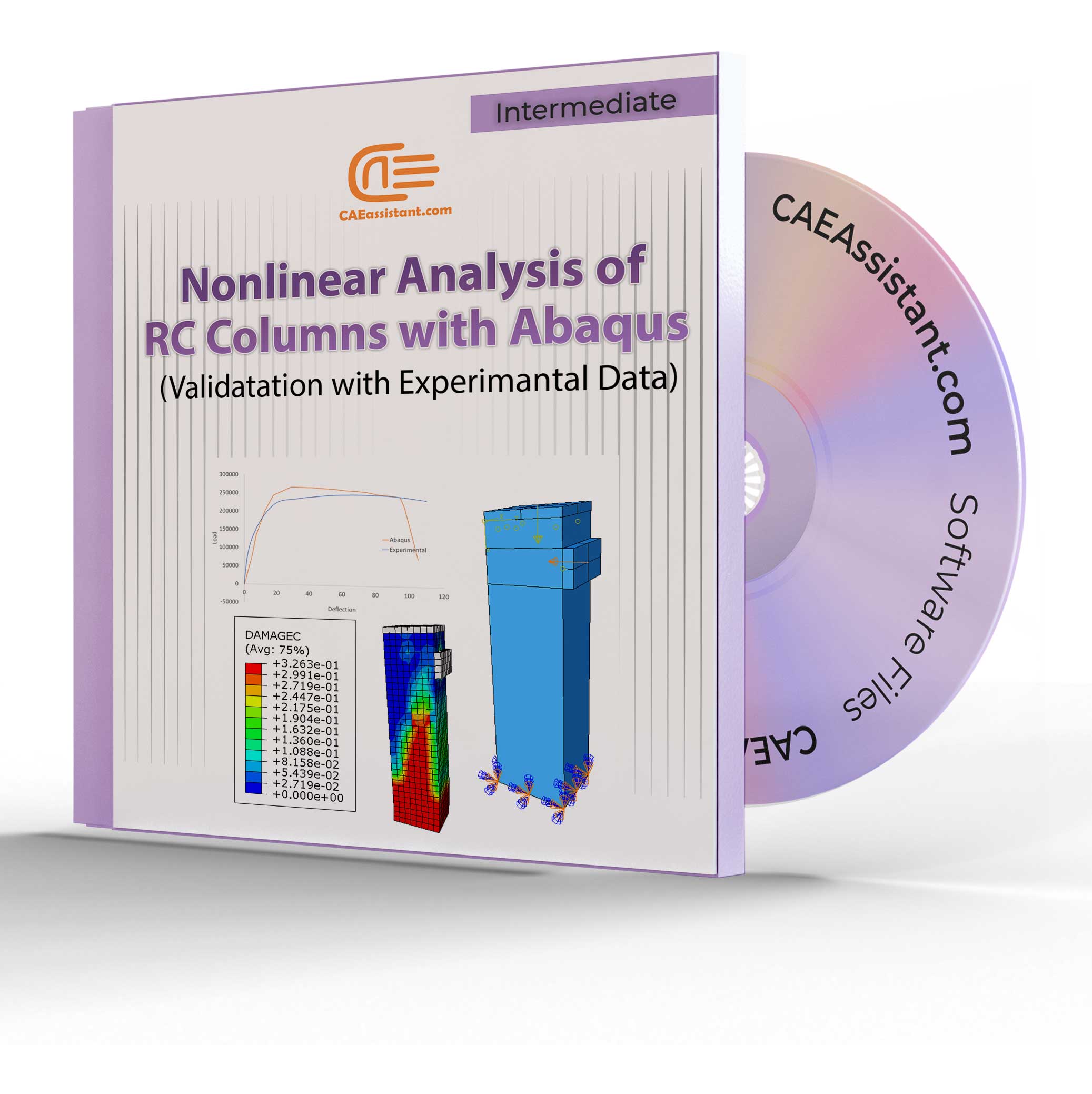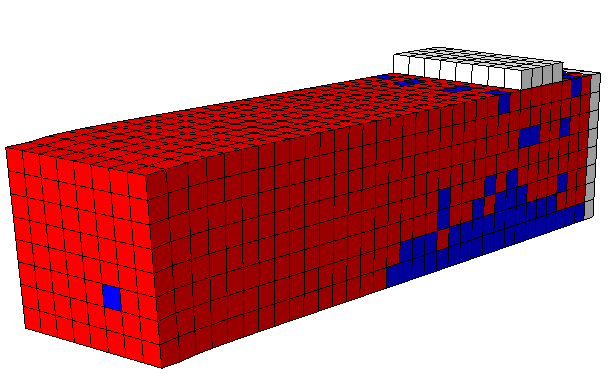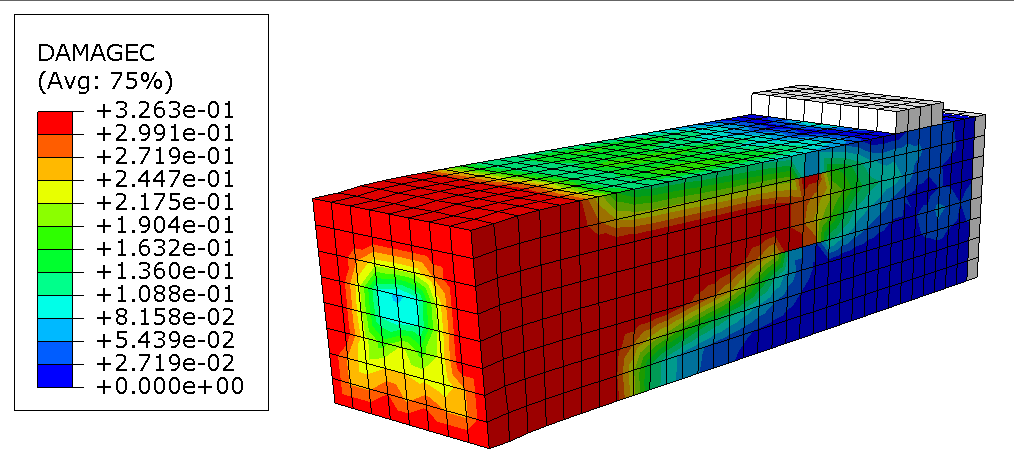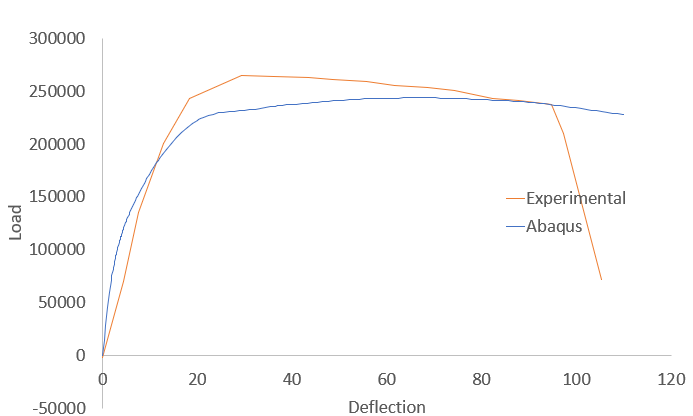1. An Introduction to RC Columns and Their Seismic Analysis
Reinforced Concrete (RC) columns are fundamental elements in civil engineering, particularly in constructing buildings, bridges, and other infrastructure. Their performance during seismic events is critical for the overall stability and safety of structures. The seismic behavior of RC columns is complex, involving various failure modes, including flexural, shear, and combined flexural-shear failures. Understanding and predicting these behaviors is essential for designing earthquake-resistant structures.
Seismic analysis of RC columns is crucial because these elements bear significant loads and play a pivotal role in structural integrity during an earthquake. Accurate prediction of their performance under seismic loads helps engineers design safer buildings, mitigating the catastrophic effects of earthquakes. This project presents a guide for the seismic analysis of RC columns using numerical simulations, highlighting the role of ABAQUS in enhancing our understanding of their behavior.
2. Is Seismic Analysis of RC Columns Important?
The seismic analysis of RC columns is critical for several reasons:
- Safety and Structural Integrity: RC columns support significant loads in structures. During an earthquake, these loads can cause complex stress patterns, leading to potential failure. Analyzing how RC columns behave under such conditions is vital for ensuring the safety of the structure and its occupants.
- Design and Optimization: Engineers rely on seismic analysis to design RC columns that can withstand specific seismic forces. This analysis optimizes the design, ensuring efficient use of materials while maintaining safety standards.
- Regulatory Compliance: Many regions with seismic activity have stringent building codes that require detailed analysis of structural elements, including RC columns. Seismic analysis ensures compliance with these regulations, avoiding legal and safety issues.
Experimental Analysis: Significance and Limitations
Experimental analysis involves physically testing RC columns under controlled conditions to observe their behavior under seismic loads. This method provides valuable insights into the actual performance of the columns, capturing details like crack patterns, failure modes, and energy dissipation.
However, experimental analysis has its limitations. For instance, conducting experiments, especially at the scale required for seismic analysis, can be prohibitively expensive. The need for specialized equipment, materials, and skilled personnel adds to the cost. On the other hand, setting up experiments, conducting tests, and analyzing results can be a lengthy process, delaying projects. From another angle, the size and scope of the test setup often limit experiments. It may not be feasible to replicate full-scale structures or the exact conditions experienced during an earthquake. Finally, due to the cost and time constraints, experimental analysis often focuses on a limited set of parameters. This restricts the ability to explore the wide range of variables that can influence the seismic performance of RC columns.
Numerical Simulations: Benefits and Limitations
Given the limitations of experimental methods, numerical simulations have become a powerful tool for seismic analysis of RC columns. These simulations use mathematical models to predict how RC columns will behave under seismic loads.
Numerical simulations have multiple benefits against experimental works. First, after developing the simulation model, researchers can use it repeatedly to analyze different scenarios without incurring additional costs. On the other hand, numerical simulations run in a fraction of the time required for physical experiments. This allows engineers to quickly assess multiple design options and make informed decisions. From another angle, simulations can consider a wide range of variables, including material properties, load conditions, and structural configurations. This enables a more comprehensive analysis than what is typically feasible with experimental methods. Moreover, unlike physical experiments, which are limited by the size and complexity of the setup, numerical simulations can easily scale to analyze large or complex structures. Finally, researchers can conduct extensive parametric studies with numerical simulations, adjusting multiple variables to understand their impact on the seismic performance of RC columns.
Despite all the mentioned benefits, numerical simulations still have their specific limitations. For example, the accuracy of numerical simulations depends on the quality of the input data and the assumptions made during modeling. Inaccurate assumptions can lead to incorrect predictions. Moreover, high-fidelity simulations require significant computational power, particularly when modeling large structures or complex interactions. On the other hand, researchers often need to validate numerical simulations against experimental data to ensure their accuracy. This means that, despite their advantages, simulations cannot completely replace experimental testing.













Aung –
This package has been a game-changer for me. From the straightforward installation process to the powerful features it offers, I’ve been able to significantly improve my efficiency. The customer service was also excellent when I needed a quick answer to a question.
Kyaw –
I’ve been using this package for a few months, and I’ve been consistently impressed. It has made managing my workload so much easier, and the results have always been reliable. The performance is top-notch, and I haven’t encountered any issues so far.
May –
I was a bit skeptical at first, but after trying the package, I can honestly say it was well worth the investment. The performance is flawless, and the results have been consistently impressive. The interface is clean, and I found the setup instructions to be comprehensive.
One thing I’m curious about is whether there are any additional training materials available for advanced features. I want to ensure I’m using the package to its full potential.